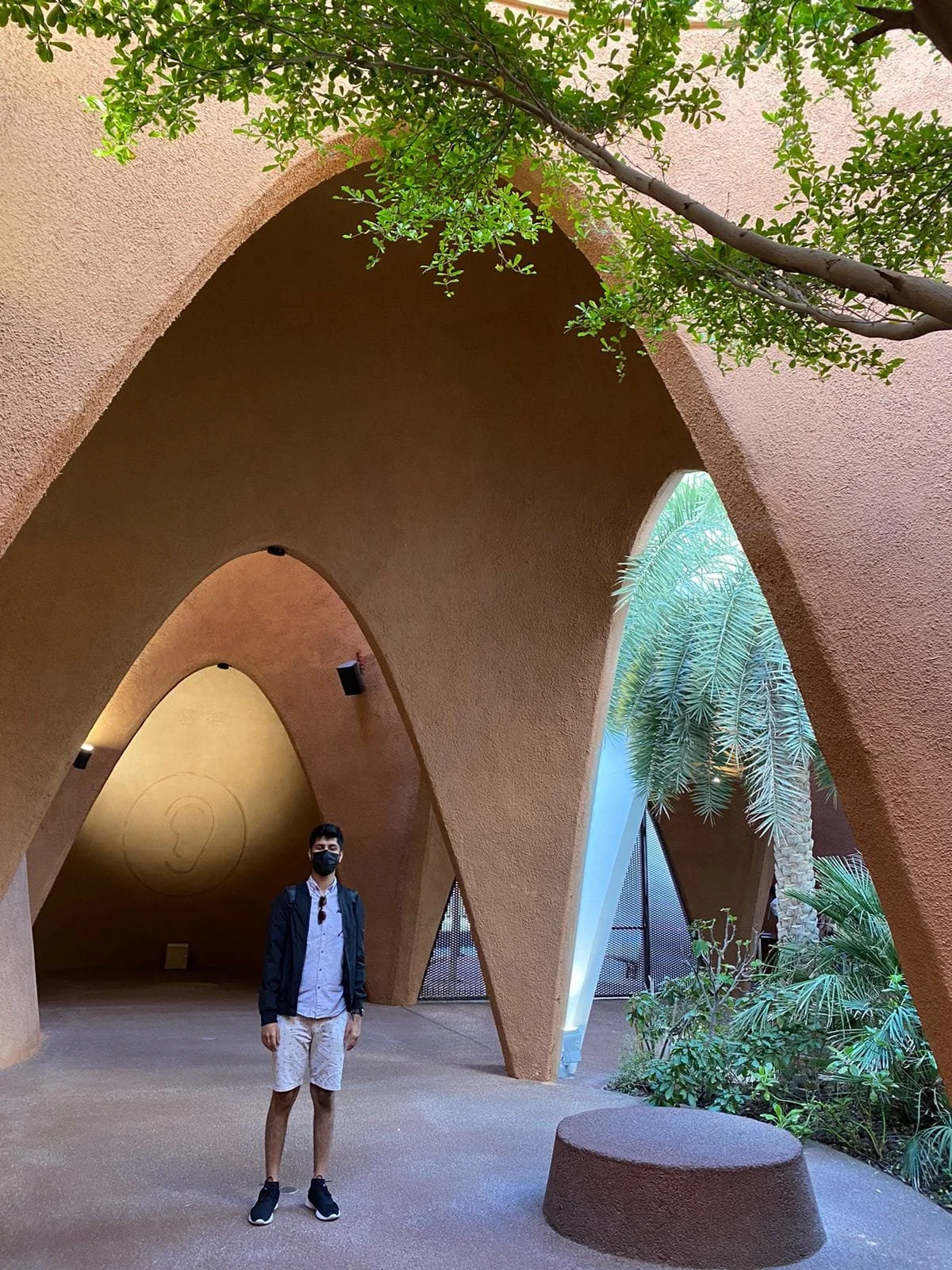Behind the Blueprints: BillionBricks Architect on Sustainable Design Principles
Motivated by sustainable architecture's intersection of design, technology, and climate resilience, one of BillionBricks' architects highlights the financial challenges of achieving self-sufficiency or net-zero impact while emphasizing architects' critical role in addressing the housing and climate crises.
PHOTO: George Thomas
Architecture is a field that brings together design, art, technology, and culture to create functional and aesthetic solutions for people's daily needs. In the current era of a global climate and housing crises, architects are called upon to play a more significant role in addressing these issues.
The role of architects in addressing the housing and climate crises is essential. Their expertise, creativity, and problem-solving skills can help create more livable and sustainable housing solutions and communities.
Meet George Thomas
George Thomas is BillionBricks’ product architect. He is one of the individuals ensuring that net-zero homes by BillionBricks are designed to maximize energy efficiency and minimize environmental impact.
In our discussion with George, we explored his motivations and obstacles as a sustainability architect. He shared that he is constantly motivated by the powerful intersection of design and technology while addressing the challenges posed by the global climate crisis.
Read on to learn more of his insights and perspectives on sustainable architecture.
What motivated you to choose a career in sustainable architecture?
GT: Sustainable architecture is a field in which it brings forth an intersection of design and technology while addressing the global climate crisis.
This practice has always intrigued my curiosity in terms of the creative solutions that can be attained in the various disciplines of architecture.
What are the challenges of working in this field, especially with BilionBricks?
GT: The challenges would be more on the financial spectrum compared to the design standpoint, in my opinion.
In today's economic landscape, the sustainability aspect in architecture tends to be centered around certifications rather than its tangible effects on achieving self-sufficiency or a net-zero impact in the built environment.
Achieving those levels of sustainability is usually an expensive affair, which breaks away from the ethos of sustainable architecture.
The ethos of sustainable architecture is more based on the primal aspect of evolving the structure to respond in a cohesive manner to its surroundings without compromising it. That cohesive process is what we at BillionBricks strive to achieve.
There are various other challenges that cannot be overlooked, such as:
resource constraints,
local context and culture
scale and replicability
Despite these challenges, working in sustainable architecture with organizations like BillionBricks can be incredibly rewarding. It allows architects and designers to make a meaningful and positive impact on the lives of vulnerable communities while addressing critical environmental and social issues.
How do you incorporate sustainable design principles as well as your own philosophies into your work?
GT: Every architect has their own unique take on how to approach a design in accordance with sustainable guidelines and principles.
My general design approach is more based on a simplistic and minimal typology, and I am able to resonate that thought process with the base functions of sustainable design principles such as energy efficiency, resource conservation, passive cooling techniques, etc.
Just like the quote "less is more" by Architect Ludwig Mies van der Rohe, the concept of simplifying the process of my design allows me to generate various iterations that create a more unified structure. Allowing the user to experience the space while maintaining the functionality and aesthetics of the more simplified route.
Lastly, what are your thoughts on the role of architects in addressing the housing and climate crises?
GT: Architects play a pivotal role in addressing both the housing and climate crises. Their contributions are multifaceted and can have a significant impact on creating more sustainable and resilient communities.
The multifaceted role encompasses innovative design, climate resilience, urban planning, preservation, advocacy, research, and collaboration. By embracing these roles and integrating sustainability into their work, architects can help mitigate the housing and climate crises and contribute to a more sustainable and resilient future for all.
However, I believe that a more holistic process involving various fields of design, engineering, etc. to address the situation we are in is the key to mitigating the crisis on a much larger platform.
Join BillionBricks in Building a Net-Zero Future
Sustainable architecture presents an exciting opportunity for architects to make a meaningful impact. By prioritizing sustainability principles, architects can create structures that are not only visually stunning but also contribute to a more sustainable and resilient future.
Despite the challenges, architects and organizations like Billionbricks are persistently devising holistic approaches to contribute to addressing climate and housing crises.
BillionBricks is building the first net-zero community and homes in the Philippines. Begin your net-zero journey with our affordable, energy-efficient, and income-generating homes.
For more information about our affordable sustainable housing solutions, contact us at: https://billionbricks.org/contact-us-ph.


